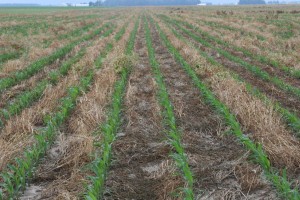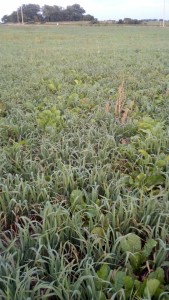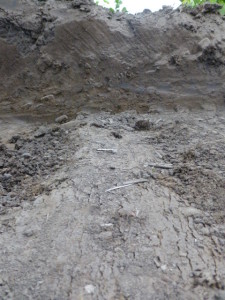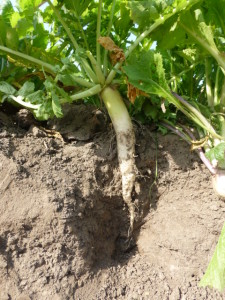Advancing Cover Crop Adoptions Research Agenda

Sarah Carlson, Midwest Cover Crop Research Coordinator with Practical Farmers of Iowa and Ryan Stockwell, Agriculture Program
Manager with the National Wildlife Federation have written an agenda that will help researching cover crops be more scientific over the next six to eight years. The research agenda is published in the Journal of Agriculture, Food Systems, and Community Development
ISSN: 2152-0801 online www.agdevjournal.com
Here is the abstract of this aggressive agenda:
Copyright © 2013 by New Leaf Associates, Inc.
Abstract
Given certain ecologic and agronomic characteristics of conventional corn and soybean monocultures, cropping systems reliant solely on these two commodities inevitably lose soil and nutrients. Leaky cropping systems not only hamper society with negative externalities, but also erode the very natural resources needed to produce food and sustain civilization. The United States Department of Agriculture (USDA), state agriculture department staff, farmer organizations, agribusiness leaders, and conservation and environmental organizations now see cover crops as a solution to reduce the negative externalities of conventional row-crop agriculture. Farmers are asking for increased agronomic and economic research to help them understand the benefits of and implement the use of cover crops. Researchers for the most part are not keeping up with farmers’ innovations on cover crops nor on providing the information sought by farmers. This article outlines the questions farmers are asking about cover crops and provides suggestions to agronomists, soil scientists, and researchers on research topics to best answer those questions. Additionally, social scientists must initiate a new round of research to understand the underlying concerns farmers have with cover crops and help to define the information (both content and source) that best informs and influences farmers. This article outlines specific issues and questions social scientists can research to contribute to the advancement of more sustainable farming practices and, in particular, cover crops.
Keywords
adoption, climate change, cover crops, diversity, externalities, innovation, natural resources, nutrient loss, resilience
You can find the complete paper here.



